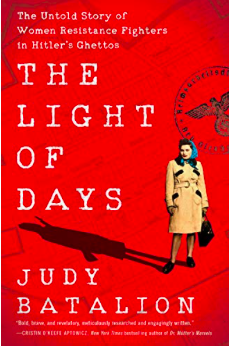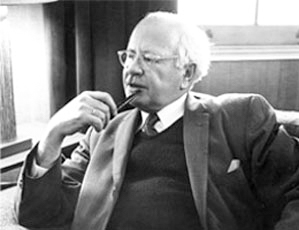Thousands of books, articles, movies, and personal testimonials are now part of the written, visual, and audio records for World War II. Declassified information over the past twenty years has allowed historians to fill in the gaps or correct previous historical accounts of events. Every once and a while, newly discovered information pops up and an author can turn it into a book perhaps on a previously well-covered topic but with a different perspective. Or sometimes an author gathers information on a topic that has not been covered in the past and creates a new opportunity for us to add to our knowledge of a particular event or series of events.
Our story today is based on Judy Batalion’s new book, The Light of Days (see below). Click here to learn more about the book.
Ms. Batalion has written about young Jewish women in Polish ghettos who cleverly resisted the Nazis. Like many resistance fighters during the war, the brave exploits of these women were lost to history until Ms. Batalion stumbled across a long-forgotten book, Freuen in di Ghettos, or Women in the Ghettos (1946). Written in Yiddish, the book’s 185-pages recount the individual stories of dozens of the “ghetto girls” who resisted by supplying arms and ammunition to the fighters inside the ghettos as well as other acts of bravery. Read More Ghetto Girls

